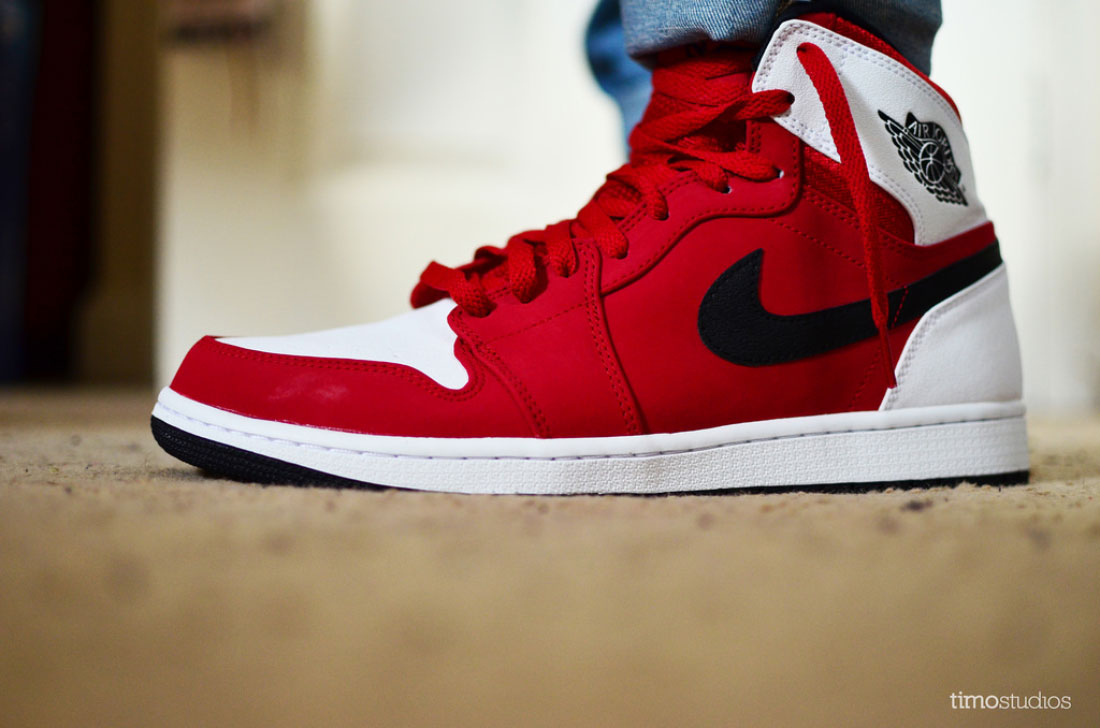“This article was originally published in www.soydanbay.com and shared with the author’s consent.”
Over the last two decades, brands have become 200% less distinct from one another. The ones that stand out, however, have something in common: they integrate two seemingly opposing personality traits. In this series of blogs, I offer different methods to discovering and leveraging the duality embedded inside your brand. By tapping into these insights, you could make your brand stand out.
Expressive benefit + Emotional benefit
At the heart of every brand lies a promise. Brands make our life easier, more fun, or more meaningful. By offering us a benefit (or a set of benefits) they allow us to achieve something or become someone. Our second method is about identifying those benefits and building tension among them.
Brand benefits could be functional (makes your hair more manageable), sensorial (has a crunchy texture), expressive (makes the user look nonconformist), or emotive (makes the user feel sexual.)
As you see, the first two types of benefits are based on physical attributes, whereas the latter two have symbolic meaning, which makes them perfect tools for building tension. How? Let’s find out.
To a varying degree, we all care about our personal image. Thus, we create a persona, a controlled version of how we look in public. Expressive benefitshelp us shape our image. Emotional benefits, on the other hand, are about how we feel, not how we are perceived. In Brand Meaning, the author Mark Batey demonstrates the difference with an insightful example.

Let’s say that you are wearing a cooking apron. The act of wearing it conveys that you are a gourmet, a connoisseur of good food, someone with a discerning palate. That’s the outward-oriented expressive benefit. But that’s only half of the story. There is an emotional significance of wearing a cooking apron as well. You may feel proud and satisfied from preparing and serving a well-appointed meal. And that’s the inward oriented emotional benefit.
Some brands are expert at building tension among expressive and emotional benefits. Take Harley Davidson, for instance. As one of the company’s executive puts it astutely, “What Harley Davidson sells is the ability for a 43-year-old accountant to dress in black leather, ride through small towns and have people be afraid of him.” That’s the expressive benefit: “Be afraid of me. I am a rebel!”
Interestingly, however, you barely see a Harley owner driving alone. On the contrary, they always drive in groups. They form communities with well-defined rituals and traditions. For instance, did you know that the famous Harley-Davidson “bar and shield” is the most popular tattoo in the United States? The sense of belonging that Harley Davidson offers to its community is second to none. And that’s exactly the emotional benefit: Camaraderie.

As you see, by marrying the expressive benefit of disobedience with the emotional benefit of sense of belonging, Harley-Davidson built a powerful duality, which, in return, makes the brand be perceived unique.
Nike, too, is expert at creating tension by offering emotional and expressive benefits. It is not a secret that the athletic footwear and apparel company taps into the power of the Hero archetype. So, the emotional benefit is clear: I am strong. I am courageous. I am a winner. I am a Hero. But, again, that is only half of the story.
According to the brand guru Dr. Kevin Keller, Nike’s brand mantra is “Authentic Athletic Performance.” The key word here, for our analysis, is authentic. Particularly wearing an Air Jordan is a statement. Even former president Obama attests to the brand’s coolness. So, wearing Nike apparel helps one build an image, have swagger. It makes someone look cool, which is the expressive benefit. The brand makes an average person feel like a hero, while helping him/her build a fashionable image.

Finally, take Chipotle. Though the company spent most of 2015 and 2016 dealing with the food safety crisis, its brand strategy has stayed the same. Granted, Chipotle is a fast food restaurant. Therefore, it must deliver on the key category criteria such as choice, taste, and convenience. As the phrase goes, you are what you eat.
So, your choice of food has not only functional but also expressive value. As a matter of fact, research reveals that Chipotle fans are a fairly unique bunch. But Chipotle goes a step beyond and defines its brand essence as “food with integrity.” By doing so, it also delivers an emotional benefit: I care about the world.
You, too, can use this method. First, ask yourself two questions: “Who our customers become when they use our product,” and, “How they feel after having used our product.” Then, try to dramatize the difference among your answers as much as possible.
The result could create a healthy brand tension.
On the third instalment of this series, we will look at the sources of motivation and use our findings to generate brand tension.
Connect with Günter Soydanbay on LinkedIn or Twitter or simply email him gunter@imeanit.com


